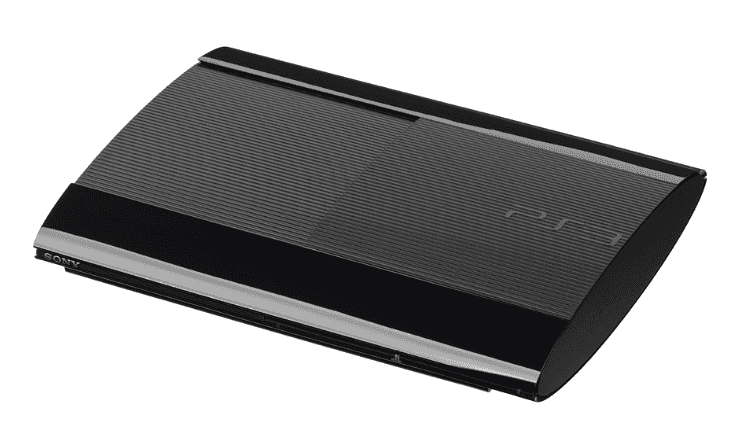Introduction: Understanding Console Modification Landscapes
When we examine the intricate world of gaming technology, few phenomena represent technological rebellion as powerfully as console jailbreaking. The PlayStation 3, a landmark gaming system released in 2006, represents a fascinating case study in user empowerment, technological limitation, and digital customization.
From a data analysis perspective, jailbreaking represents more than a mere technical hack—it‘s a complex interaction between manufactured technological constraints and user-driven innovation. This exploration will dissect the PlayStation 3 jailbreaking ecosystem, providing a comprehensive, research-driven examination of its technical, legal, and cultural dimensions.
Historical Context: The Evolution of Console Modification
The history of console modifications stretches back decades, representing a persistent technological dialogue between manufacturers and enthusiastic user communities. Gaming consoles, traditionally designed as closed technological ecosystems, have always attracted individuals seeking to expand their functional boundaries.
PlayStation 3‘s architecture made it particularly intriguing for modification enthusiasts. Unlike its predecessors, the PS3 featured a sophisticated Cell processor developed through a collaboration between Sony, Toshiba, and IBM. This unique computational architecture created both challenges and opportunities for potential hackers.
Early modification attempts emerged shortly after the console‘s 2006 release. Pioneering groups like the PlayStation jailbreak community recognized that the system‘s complex architecture could be strategically navigated, creating pathways for custom firmware and expanded functionality.
Technical Architecture: Understanding PlayStation 3‘s Design
To comprehend jailbreaking, one must first understand the PlayStation 3‘s underlying technological framework. The console utilized a powerful Cell Broadband Engine Architecture (CBEA), featuring a primary Power Processing Element (PPE) and eight Synergistic Processing Elements (SPEs).
This design provided remarkable computational capabilities but also implemented sophisticated security mechanisms. Sony‘s firmware included multiple layers of protection:
- Cryptographic signature verification
- Secure boot processes
- Kernel-level access restrictions
- Encrypted system partitions
These architectural choices were intentionally designed to prevent unauthorized modifications, creating a robust challenge for potential jailbreakers.
Jailbreaking Methodologies: Technical Breakdown
Successful PlayStation 3 jailbreaking required exploiting specific vulnerabilities within the system‘s firmware and hardware design. Different approaches emerged over time, each targeting unique system versions and hardware configurations.
Firmware Exploitation Techniques
Software-Based Exploits
Certain firmware versions contained subtle programming vulnerabilities that allowed unauthorized code execution. These exploits often involved manipulating system update processes or leveraging unexpected interaction patterns within the operating system.Hardware-Level Modifications
Some advanced techniques involved direct hardware modifications, requiring physical intervention and specialized technical knowledge. These methods typically targeted specific console revisions and demanded precise technical understanding.
Legal and Ethical Considerations
The legal landscape surrounding console modifications remains complex and nuanced. While jailbreaking itself isn‘t universally illegal, several critical considerations exist:
Intellectual Property Implications
- Modification potentially violates manufacturer warranties
- Breaches of End User License Agreements (EULA)
- Potential copyright infringement risks
Ethical Perspectives
Console modification represents a broader conversation about technological ownership. Users argue that purchased hardware should allow comprehensive customization, while manufacturers emphasize system integrity and controlled user experiences.
Community Dynamics and Motivations
The PlayStation 3 jailbreaking community emerged as a sophisticated, technically proficient ecosystem. Motivations varied widely:
- Enhanced gaming experiences
- Homebrew software development
- Expanded media capabilities
- Preservation of gaming history
- Technical curiosity and challenge
Technical Risk Assessment
Jailbreaking PlayStation 3 systems involves significant technical risks:
- Potential permanent system damage
- Loss of manufacturer warranty
- Online service bans
- Security vulnerability exposure
Successful modifications required meticulous preparation, deep technical understanding, and careful execution.
Market Impact and Future Trends
While PlayStation 3 jailbreaking represents a specific technological moment, it reflects broader trends in user-driven technological adaptation. The ecosystem demonstrated users‘ persistent desire to transcend manufactured limitations.
Contemporary console modification communities continue evolving, adapting to increasingly sophisticated security architectures and exploring new technological frontiers.
Conclusion: A Technological Dialogue
PlayStation 3 jailbreaking represents more than a technical hack—it‘s a nuanced conversation about technological ownership, user empowerment, and the dynamic relationship between manufacturers and enthusiasts.
As gaming technologies continue advancing, the spirit of exploration and customization embodied by early jailbreaking communities will undoubtedly persist, driving innovation and challenging established technological paradigms.
Recommended Resources
- PlayStation Modification Forums
- Technical Hacking Communities
- Digital Rights Technology Publications
